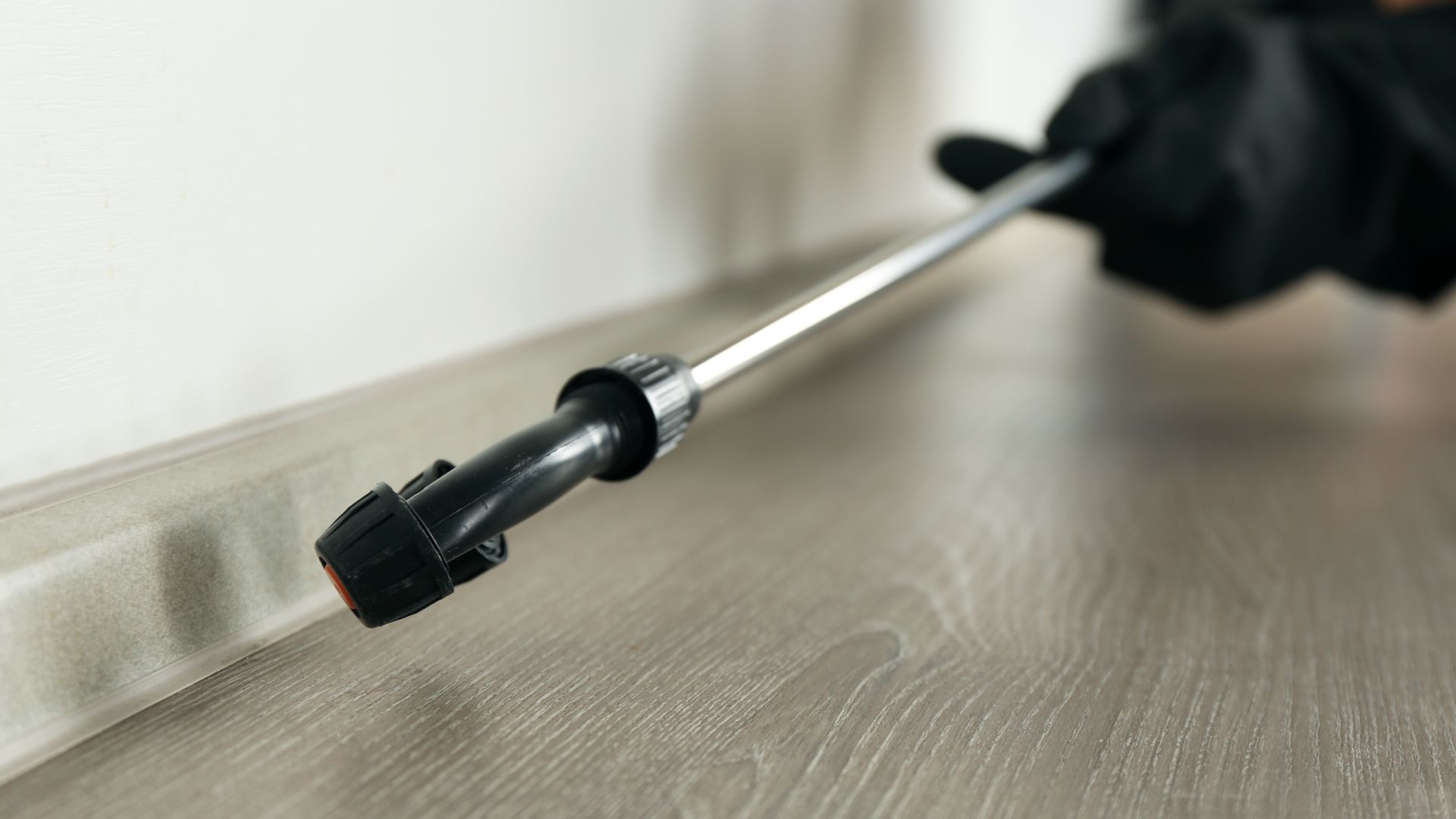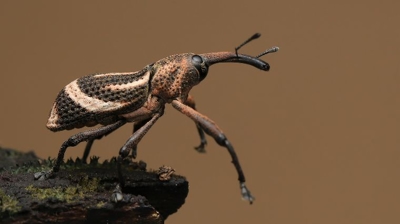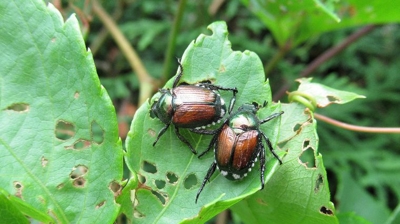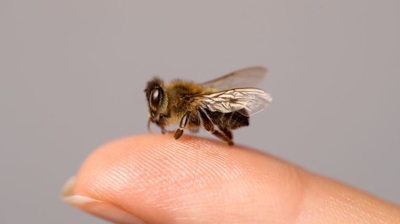
Scorpions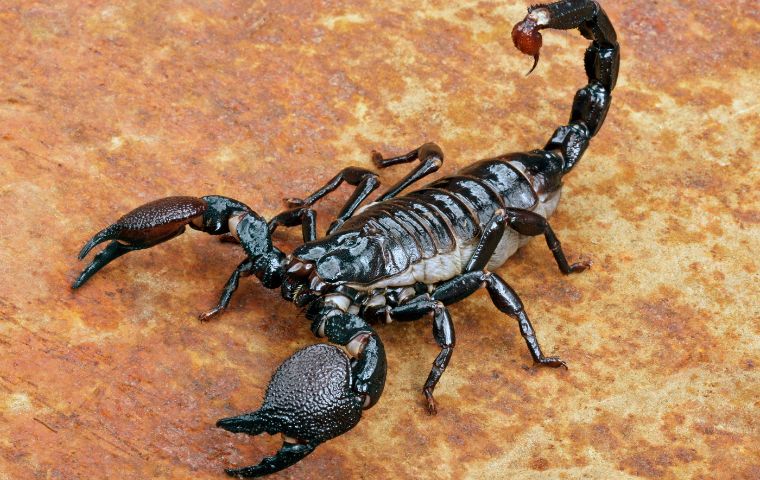
What Are Scorpions?
Scorpions are arachnids that are characterized by their distinctive long, segmented tails that end in a stinger, which they use to inject venom into their prey or to defend themselves. They also have a pair of pincers (pedipalps) that they use to catch and hold their prey. Scorpions come in a variety of shapes, sizes, and colors, and they are found in many parts of the world, including deserts, forests, and grasslands.
Are Scorpions Harmful?
Scorpions can be harmful in several ways, primarily due to their venom, aggressive behavior when provoked, and their potential to infest homes and businesses. Here are the main concerns associated with scorpions:
Venomous Stings
Most scorpions possess venom, which they use to subdue prey and defend themselves. While the majority of scorpion stings cause only mild pain, swelling, and irritation, some species—such as the Arizona bark scorpion (Centruroides sculpturatus)—can deliver venom potent enough to cause severe reactions, including:
- Intense pain and swelling
- Numbness or tingling
- Muscle spasms or twitching
- Breathing difficulties (in extreme cases)
- Systemic allergic reactions, including anaphylaxis in sensitive individuals
Children, the elderly, and those with compromised immune systems are more susceptible to severe symptoms.
Allergic Reactions
Even in cases where the venom is not highly toxic, some people may have allergic reactions to a scorpion sting. This can range from mild itching to life-threatening anaphylaxis, requiring immediate medical intervention.
Psychological Distress
The presence of scorpions in homes or workplaces can cause significant psychological distress. Many people fear scorpions due to their appearance, unpredictability, and potential to sting, leading to anxiety, sleep disturbances, or even phobias.
Infestations in Homes and Businesses
Scorpions seek shelter in dark, cool places, making them common intruders in homes, storage areas, and commercial buildings. They hide in:
- Shoes, clothing, and bedding
- Cracks and crevices in walls or foundations
- Woodpiles, rocks, and debris near structures
A scorpion infestation can lead to repeated stings and discomfort.
Harm to Pets
Scorpions can pose a threat to household pets, particularly small dogs and cats, which may be curious or try to play with them. A sting can cause pain, swelling, and in some cases, severe reactions similar to those in humans.
Learn more: Are Scorpions Poisonous?
Types Of Scorpions
- Bark Scorpions: Bark scorpions, also known as Centruroides sculpturatus, are a type of scorpion that is commonly found in the southwestern United States and northern Mexico. They are one of the most venomous scorpion species in North America and can pose a danger to humans.
- Desert Scorpions: Desert scorpions are a group of scorpions that are adapted to live in arid environments, such as deserts and semi-arid regions. They are found in many parts of the world, including the southwestern United States, North Africa, and the Middle East.
- Emperor Scorpions: The emperor scorpion (Pandinus imperator) is one of the largest species of scorpions in the world, and it is native to the rainforests of West Africa. Emperor scorpions can grow up to 8 inches in length, with males being slightly smaller than females.
- Tailless Whip Scorpions: The tailless whip scorpion, also known as the amblypygid or whip spider, is a type of arachnid that is found in tropical and subtropical regions around the world. Despite its name, the tailless whip scorpion is not a true scorpion and does not have a stinger. The tailless whip scorpion gets its name from its whip-like front legs that it uses to capture prey and defend itself.
- Water Scorpions: Water scorpions, also known as Nepidae, are aquatic insects that are found in freshwater habitats around the world. Despite their name, they are not true scorpions and do not have a venomous stinger.
- Whip Scorpions: The whip scorpion, also known as the vinegaroon, is an arachnid that is found in tropical and subtropical regions around the world. Despite its name, the whip scorpion is not a true scorpion and does not have a stinger. It gets its name from the vinegar-like spray that it can emit from its tail when it feels threatened.
Scorpion Appearance
Scorpions are arachnids characterized by their distinctive appearance, which includes several key features:
- Body Shape: Scorpions have a segmented body with two main parts: the cephalothorax (head and thorax combined) and the abdomen. Their bodies are elongated and flattened, with a narrow, segmented tail at the posterior end.
- Pincers: At the front of their cephalothorax, scorpions have two large, lobster-like pincers called chelicerae. These pincers are used for capturing and immobilizing prey.
- Stinger: The most recognizable feature of scorpions is their curved tail, which ends in a venomous stinger or telson. The stinger is used for injecting venom into their prey to subdue or kill it. While the stinger is typically curved upward, its shape can vary between different scorpion species.
- Number of Legs: Scorpions have eight legs, just like other arachnids such as spiders, but they are larger and more robust in comparison.
- Coloration: Scorpions come in various colors, depending on the species. They can range from pale yellow or tan to dark brown or black. Some scorpions have patterns or markings on their exoskeleton.
- Size: Scorpion size varies among species, but most are relatively small, with an average length of 2 to 4 inches (5 to 10 centimeters). However, some species can grow significantly larger, with lengths of up to 8 inches (20 centimeters) or more.
- Sensory Organs: Scorpions have several pairs of eyes, typically arranged in a pattern on the front of their cephalothorax. However, their eyesight is usually poor, and they primarily rely on their other sensory organs, such as specialized hairs and sensory structures on their legs, to navigate and locate prey.
There are over 2,000 different species of scorpions, each with its own variations in appearance. Additionally, scorpions can adapt to their environments, which may influence their coloration and size. Overall, scorpions are well adapted to their predatory lifestyle, with their unique body structure and venomous stinger being key adaptations for hunting and defense.
Scorpion Habitats
Scorpions are found in various regions around the world, and their distribution is influenced by factors such as climate, habitat, and ecosystem. Here are some common places where you might find scorpions:
- Deserts: Scorpions are often associated with desert environments, where they are well-adapted to the arid conditions. Desert regions in North America, such as the southwestern United States (Arizona, New Mexico, Nevada), the Sonoran Desert, and the Mojave Desert, are known for their scorpion populations. Similarly, scorpions can be found in deserts in Africa, the Middle East, and Australia.
- Tropical and Subtropical Areas: Scorpions are also prevalent in tropical and subtropical regions. Countries in Central and South America, as well as parts of Southeast Asia and the Caribbean, have diverse scorpion species. These regions typically provide the warmth and humidity that scorpions thrive in.
- Grasslands and Savannas: Some scorpion species inhabit grasslands, savannas, and scrublands. These environments can be found in various parts of the world, including Africa, South America, and parts of North America.
- Caves and Burrows: Scorpions are known to seek shelter in natural underground cavities, including caves and burrows. They are often encountered in these dark, secluded spaces.
Urban and Suburban Areas: Scorpions can adapt to human-altered environments and may be found in and around buildings, particularly in warm and dry climates. They often hide in cracks, crevices, and debris. - Under Rocks and Logs: Scorpions are nocturnal creatures that hide during the day to avoid extreme temperatures. They frequently seek shelter under rocks, logs, and other debris.
- Forests: While scorpions are less common in densely forested areas compared to arid regions, some species can be found in forested environments. These scorpions often inhabit leaf litter or under fallen logs.
Scorpion species vary in distribution, and their presence in a particular area may be influenced by factors like temperature, humidity, and prey availability. If you live in or are visiting an area where scorpions are known to be present, exercise caution, especially when reaching into dark, hidden spaces, and take measures to avoid accidental encounters or stings. If stung by a scorpion, seek medical attention if symptoms are severe, as some scorpion species have venom that can be medically significant.
Scorpion Diet
Scorpions are carnivorous predators, and their diet primarily consists of a variety of other arthropods and small animals. What they eat can vary depending on their size, species, and the availability of prey in their environment. Here is a detailed overview of what scorpions commonly eat:
- Insects: Insects are a primary food source for most scorpion species. They often prey on creatures like ants, beetles, crickets, grasshoppers, and roaches. Scorpions are skilled hunters and use their pincers to grasp and immobilize their prey before delivering a venomous sting.
- Other Arachnids: Scorpions are known to consume other arachnids, including spiders and smaller scorpions. They are generally opportunistic and will attack and eat arachnids when the chance arises.
- Small Vertebrates: Larger scorpion species are capable of capturing and consuming small vertebrates, such as lizards and small rodents. While this is less common, it does occur, particularly in arid regions where food sources may be scarce.
- Centipedes and Millipedes: Scorpions may also feed on centipedes and millipedes. These arthropods can be a challenging prey due to their armored exoskeletons and potentially toxic secretions, but scorpions are equipped to deal with such challenges.
- Spiders: Scorpions are known to cannibalize their own kind, and they may occasionally eat other scorpions, especially during territorial disputes or when prey is scarce.
- Soft-Bodied Invertebrates: Some scorpions, particularly smaller species, may feed on softer-bodied invertebrates, such as worms and insect larvae.
- Scavenging: Scorpions are opportunistic feeders and will scavenge on dead animals when they come across them. This can include small vertebrates, insects, or other arthropods.
Scorpions are nocturnal hunters, and they use their keen sense of touch and vibration sensitivity to locate prey in the darkness. Their venomous stingers are primarily used to immobilize and subdue their prey rather than for defense. After capturing their prey, scorpions use their powerful chelicerae (pincers) to tear apart and consume the victim's soft tissues.
The specific diet of a scorpion can vary based on its size, the availability of prey in its habitat, and its local ecosystem. Scorpions are essential predators in many ecosystems, helping to control populations of other arthropods and contributing to the balance of their ecosystems.
Learn more: What Do Scorpions Eat?
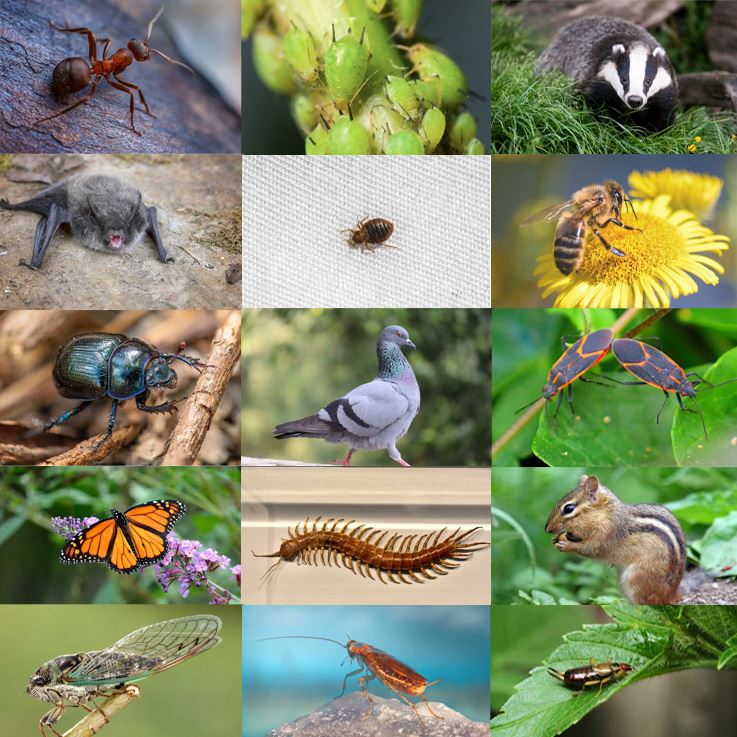
Scorpion Life Cycle
The life cycle of scorpions involves a series of stages, from birth to maturity, similar to other arachnids. It includes molting, where they shed their exoskeleton to grow. Here's a detailed overview of the life cycle of scorpions:
- Birth: Scorpions are viviparous, which means they give birth to live young rather than laying eggs. After a gestation period of several months, a female scorpion will give birth to a brood of baby scorpions, known as scorplings. The number of scorplings in a brood can vary, depending on the species, but it can range from a few to over a dozen.
- Early Instars: Scorplings are tiny and pale in color when they are born. They are typically translucent and soft, lacking the hard exoskeleton of adult scorpions. During this stage, they stay close to their mother and ride on her back for protection and to receive the nutrients necessary for growth.
- Molting: Scorplings go through a series of molts as they grow. Molting is the process of shedding their old exoskeleton to accommodate their increasing size. They will molt several times before reaching maturity. After each molt, their exoskeleton hardens, and they become more like miniature adult scorpions.
- Juvenile Stage: As scorplings continue to molt and grow, they enter the juvenile stage. During this period, they become more independent and start hunting for small prey on their own. They are still smaller and less developed than adult scorpions.
- Maturity: The time it takes for a scorpion to reach maturity varies among species but generally ranges from one to several years. When they reach maturity, scorpions are fully developed and capable of reproduction. They have a more intense coloration and markings, as well as longer limbs and a fully functional stinger.
- Reproduction: Adult scorpions are ready to mate and reproduce. The courtship ritual involves a series of complex behaviors, including dancing and grasping, which can vary among species. Once mating occurs, the female carries the fertilized eggs inside her body until they are ready to give birth.
- Lifespan: The lifespan of a scorpion can also vary depending on the species and environmental conditions. Some scorpions may live for several years, while others might have shorter lifespans.
Throughout their life cycle, scorpions are primarily solitary animals, and they have various strategies for survival, including their venomous stingers for capturing prey and defending against predators. It's important to note that scorpion life cycles can vary among different species, with some having shorter or longer lifespans and growth rates.

Hear From Our Happy Customers
-
"Wonderful Service"
Wonderful service. Jarvis is great. Took care of everything I needed. Thank you!
- Henry P. -
"Great Communication"
Tech was on time, communication was great, and he accommodated my needs.
- Alonzo W. -
"Very Knowledgeable"
The tech that arrived was courteous, professional, and very knowledgeable. He was Great.
- Uerial I. -
"Fantastic & Patient"
Jarvis was fantastic and patient. He answered my questions with an in-depth explanation and addressed all of my areas of concern. Would love for him to be my assigned tech going forward. Well done!
- Yonnette M. -
"Professional & Considerate"
I’m pleased with Miche services. Jarvis came today. Professional and considerate. Thank you!
- Judy B. -
"Exceeds Expectations"
I can’t say enough positive things about this company... The tech that came out, Jarvis went above and beyond my expectations. Thank you guys, I will continue using your services.
- Jake M.
